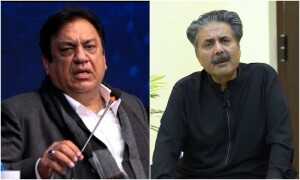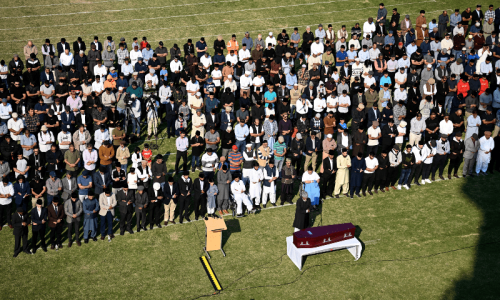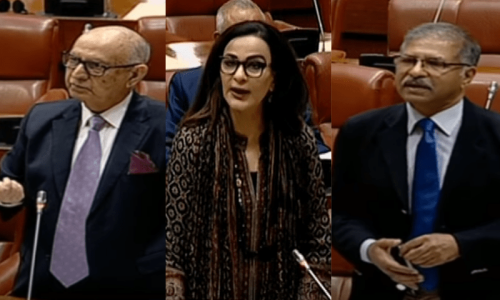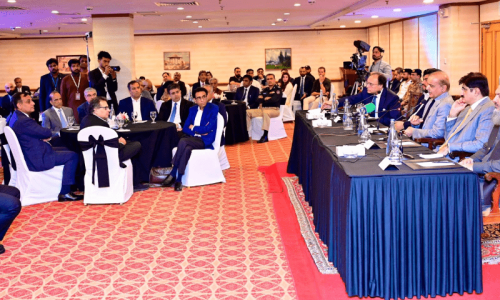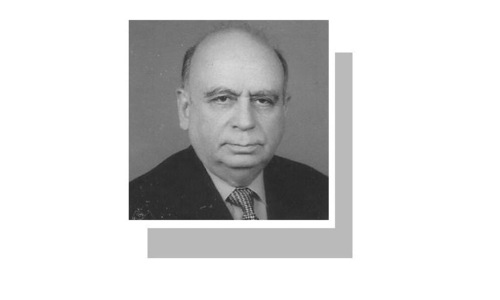ONE of the more troubling outcomes of US President Donald Trump’s just-concluded visit to India is a multibillion-dollar arms deal reached between Washington and New Delhi. According to media reports, the deal is said to involve attack helicopters and is reportedly valued at $3bn. While the deal will no doubt be music to the ears of the American arms industry, for those who want peace in South Asia this is an unfortunate development. Pakistan has voiced concern over the deal, with the Foreign Office spokesperson commenting that “we have alerted the international community several times about India’s aggressive designs. ...” Indeed, the Balakot misadventure last year — foiled due to the alertness of the PAF — was just one example of India’s bellicose posture towards this country. As the military spokesman told the media on Thursday, India has violated the Line of Control nearly 400 times last year. Certainly these are not actions responsible states indulge in, and it is unfortunate that the US is pampering India as a counterweight to China, without considering New Delhi’s bullying attitude in South Asia.
At the height of the Cold War, India was a firm Soviet client, buying Moscow’s arms and following its geopolitical lead. However, with the fall of communism and with the US establishing itself as the world’s sole superpower, India saw it fit to make inroads with the Americans. That development, coupled with Washington’s intense rivalry with Beijing, has resulted in the US cultivating India as an Asian counterbalance to China. However, while both the US and India champion their status as ‘great democracies’, as the events over the past few days have shown, those who run India today are wedded to thoroughly undemocratic principles. Not only is the Hindutva-inspired administration bent upon demonising and oppressing India’s minorities, particularly its Muslims, the fanatical elements in New Delhi have also threatened Pakistan numerous times in the recent past. Such threats have come from senior Indian military as well as civilian officials. Hence, in such a scenario, when the US chooses to empower the Indian war machine, Pakistan has very legitimate concerns. The deal will only further spur the arms race in South Asia and scuttle any chances for peace. The US should take a more responsible and balanced approach in this region, especially when two nuclear-armed states are involved, and India must not be allowed to bully and browbeat neighbouring states using American weapons.
Published in Dawn, February 29th, 2020





